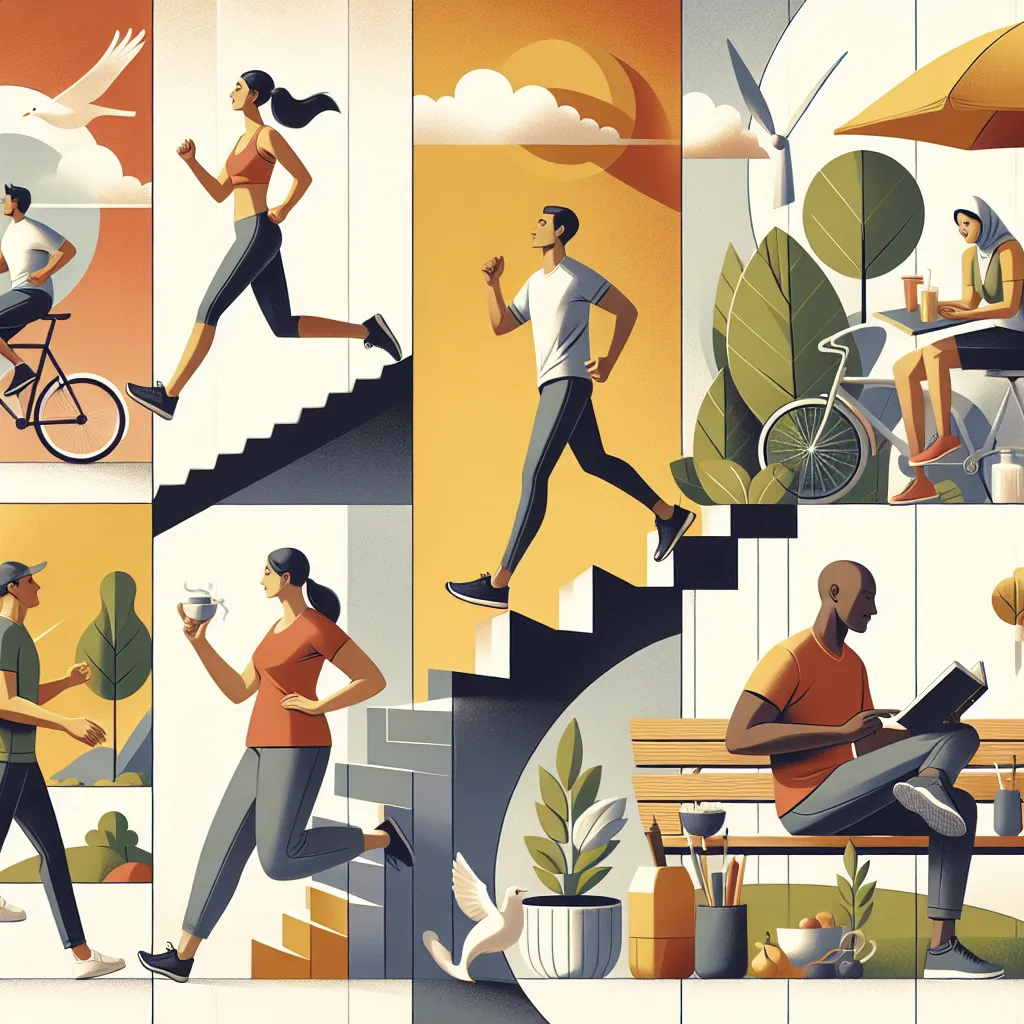When we think about the butterfly effect, we often imagine a tiny flutter of a butterfly’s wings causing a massive storm on the other side of the world. This concept, popularized by Ray Bradbury’s “A Sound of Thunder,” suggests that small changes in initial conditions can lead to significant differences in outcomes. However, what if this principle doesn’t apply in the quantum world? Recent research has shown that at the quantum level, the butterfly effect might not be as powerful as we thought.
Imagine a world where time travel, though still purely theoretical, allows us to send information back into the past. In a quantum context, this means using qubits, or quantum bits, to simulate time travel. Researchers at Los Alamos National Laboratory have done just this, using a quantum computer to send qubits back in time, damage them, and then return them to the present. Surprisingly, when these qubits come back, they are largely unaltered, as if the quantum system has a self-healing property.
This experiment challenges the traditional notion of the butterfly effect. In classical systems, a small change can lead to dramatic and unpredictable outcomes. For instance, in weather forecasting, a tiny variation in initial conditions can result in vastly different weather patterns. However, in the quantum realm, things work differently. When a qubit is sent back in time and damaged, the damage does not magnify as it would in a classical system. Instead, the quantum system remains relatively stable, and the information can be easily recovered.
To understand this better, let’s consider the roles of Alice and Bob in these quantum thought experiments. Alice prepares a qubit in the present and sends it back in time through a quantum computer. Bob, acting as an intruder, measures the qubit in the past, disturbing its state and breaking its quantum correlations with the rest of the system. When the system is run forward to the present again, Alice finds that her information is still intact, despite Bob’s interference. This is because quantum systems behave linearly, meaning that small damages do not get exponentially magnified over time.
This discovery has significant implications for quantum computing and information security. It suggests that quantum systems can be designed to hide information in a way that makes it robust against interference. Even if an intruder tries to damage the state of a qubit, the useful information can still be recovered easily. This property makes quantum systems ideal for applications like quantum cryptography, where secure communication is paramount.
But what if this quantum stability extends beyond just information processing? Could it mean that our universe, at its most fundamental level, is less sensitive to microscopic fluctuations than we think? The concept of quantum chaos, which studies the sensitivity of quantum systems to initial conditions, provides some insights. Unlike classical chaotic systems, where small changes lead to large differences, quantum systems tend to maintain their coherence even when subjected to small perturbations.
This idea challenges our traditional understanding of cause and effect. If tiny quantum fluctuations do not cascade into large-scale changes, then perhaps the universe is more predictable at its core than we previously believed. However, this does not mean that quantum mechanics is devoid of any butterfly-like effects. Researchers have identified phenomena in quantum systems that resemble the butterfly effect, such as the sensitivity of quantum states to small changes in their Hamiltonians. Yet, these effects are different from their classical counterparts and do not lead to the same kind of exponential divergence.
The potential applications of this research are vast. For instance, it could help in verifying whether a quantum processor is truly operating according to quantum principles. If a processor can simulate the no-butterfly effect observed in these experiments, it would be a strong indication that it is indeed a quantum processor. This is crucial in the ongoing race to develop quantum computing technology.
But let’s take a step back and consider the broader implications. If quantum systems are less sensitive to microscopic events, does this mean that our lives, our personalities, and even historical events are less influenced by tiny fluctuations than we might think? It’s a tempting idea to consider that perhaps our destinies are not as fragile as the flapping of a butterfly’s wings.
However, this is where things get speculative. Some scientists and theorists suggest that the stability of quantum systems could be harnessed in ways that seem almost like science fiction. Imagine if certain individuals or groups could subtly manipulate reality by exploiting these quantum effects. It sounds like the stuff of conspiracy theories, but it’s an intriguing idea that blurs the lines between science and speculation.
In reality, the relationship between quantum mechanics and our everyday world is still a mystery. While quantum systems may not exhibit the butterfly effect in the same way as classical systems, they still operate under principles that are far from fully understood. The interplay between quantum mechanics and chaos theory is an active area of research, and new discoveries are continually challenging our understanding of the universe.
So, are we all unwitting participants in a quantum-scale butterfly effect? The answer is complex. At the quantum level, it seems that tiny fluctuations do not lead to the same kind of cascading changes we see in classical systems. However, this does not mean that our lives are completely immune to the whims of microscopic events. The universe is full of mysteries, and the relationship between quantum mechanics and our reality is one of the most fascinating and enigmatic of all.
As we continue to explore the quantum world, we may uncover more about how these tiny events shape our universe. Perhaps we will find that there are ways to harness these effects, or maybe we will discover that the stability of quantum systems is just one part of a much larger, more intricate tapestry. Whatever the case, the journey into the heart of quantum mechanics is a thrilling one, full of surprises and insights that challenge our understanding of the cosmos and our place within it.






